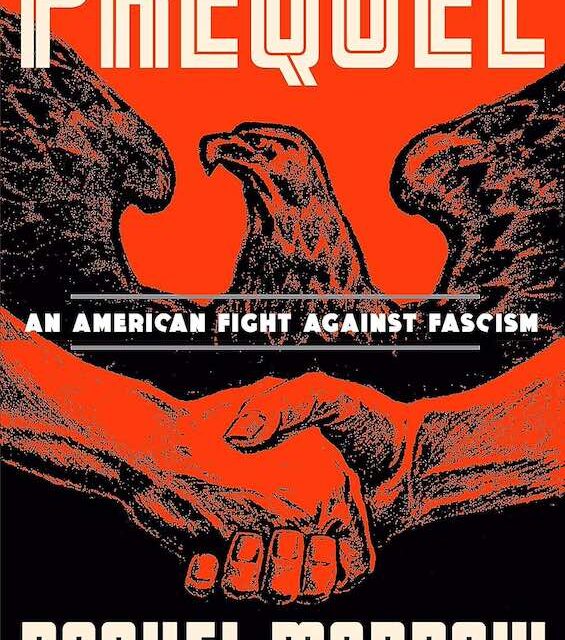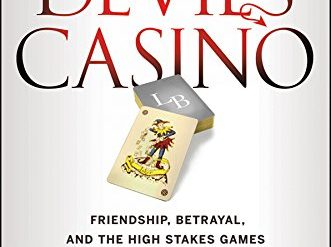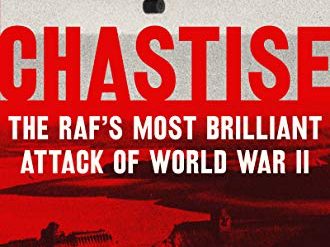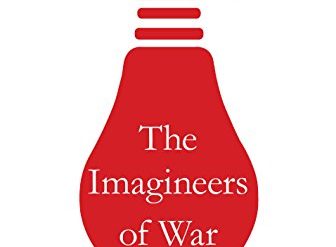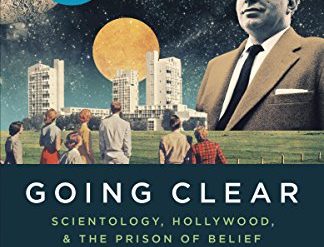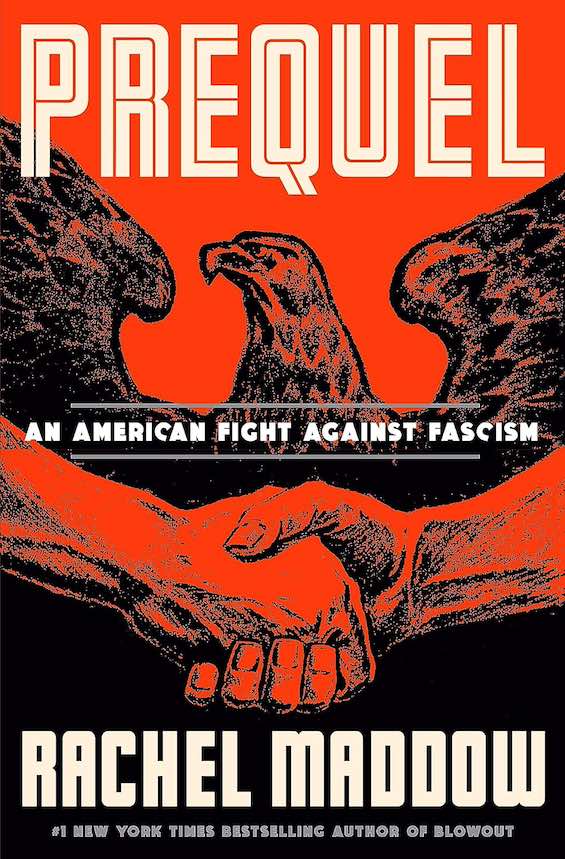
A century ago in Italy, fascism began taking hold in much of Europe. Within a decade, illiberal and authoritarian political parties had moved into the mainstream, most prominently in Germany and Spain as well as Italy, Hungary, Greece, and Austria. Soon, the governments they led propelled the Continent, and eventually, the world, into the greatest armed conflict in human history. Meanwhile, in the United States, fascism gained little traction at the polls. But once Adolf Hitler seized the reins of power in Berlin, the German government launched a well-funded campaign to promote fascism and subvert the political order here in America. And its agents found fertile ground. Television broadcaster Rachel Maddow tells the explosive story of the surprising success they wracked up in the years 1930 to 1941 in her new book about fighting fascism in America, Prequel: An American Fight Against Fascism.
Estimated reading time: 6 minutes
A growing fascist movement in America
As the New Deal unfolded and the United States gradually worked its way out of the depths of the Great Depression, most Americans paid little attention to developments in Europe. Of course, a small number in and out of Washington DC were alarmed by the rise of Nazism. But others viewed Hitler in a different light—and their numbers grew as the years went by. Backed by generous subsidies from the German government, and informed by the skill of its agents in writing propaganda, home-grown fascist organizations proliferated, championing Nazi policies. And their followers numbered in the tens of millions.
Soon, some of these organizations began arming themselves against a future day when they would seize control of the US government. The public was ignorant of the threat they posed. But a handful of prescient observers clearly saw what was happening. In Prequel, Maddow introduces us to the men and women who led the American fascist movement—and to the heroic people who worked tirelessly to expose and discredit them.
Prequel: An American Fight Against Fascism by Rachel Maddow (2023) 416 pages ★★★★☆
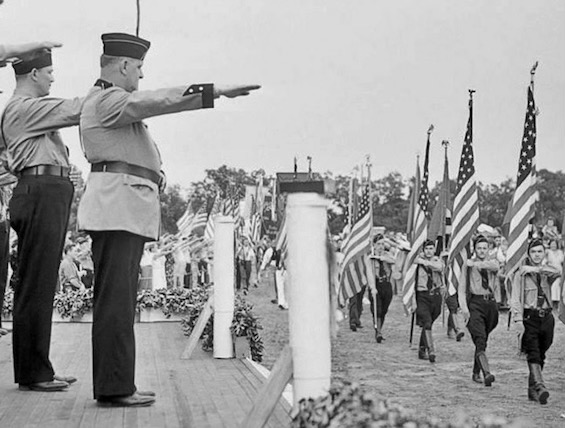
Bold-faced names of the 1930s
Their names are largely forgotten today. But, as Rachel Maddow makes clear, these people were major factors in the political equation in the 1930s.
- US Senator Huey P. Long loomed large on the national scene from 1932 until his assassination in 1935. Nominally a leftist for advancing the populist Share Our Wealth program, Long proved his true mettle as a fascist demagogue when serving as a virtual dictator when Governor of Louisiana from 1928 to 1932.
- A Catholic priest, Father Charles E. Coughlin, broadcast nationwide over the radio. His virulent anti-Semitic and pro-Nazi screeds reached an audience of thirty million listeners throughout the decade.
- Others, even less well remembered, played critical roles, too. Because their names mean so little today, they don’t merit listing here. But they spearheaded a veritable flood of pro-Nazi and anti-Semitic organizations such as the German-American Bund, the Silver Shirts, the Christian Front, and the Knights of the White Camelia. There were more than 100 such groups with many millions of members collectively.
- But, perhaps most significantly, prominent members of the United States Congress also played instrumental roles in advancing the Nazi cause. US government investigators identified dozens of them. The best known, and most important among them, were Senators Burton K. Wheeler (D-MT) and Ernest Lundeen (D-MN) and Representative Hamilton Fish III (R-NY).
If you’d followed political news in the 1930s, you would have been familiar with all of these names.
The heroes of Maddow’s story
As you can see, there were plenty of bad guys in American politics in the 1930s. But Maddow draws our attention to a handful of heroes as well. Four emerge as most prominent in Maddow’s account:
- Leon Lewis, “a Jewish veteran of World War I who ran a dangerous undercover spy operation inside the dens of American Nazis.” Lewis was an attorney and acted as a private citizen. Despite bringing damning documentary evidence to the Los Angeles Police and Sheriff, the FBI, and the Justice Department, he was ignored for years. But he gained traction with Navy military intelligence officers, and eventually that made all the difference. The evidence Lewis brought to light formed the basis of massive conspiracy trials in 1939 and 1941.
- Henry Hoke, a New York-based “direct mail advertising consultant turned daring citizen investigator,” paralleled Leon Lewis’ efforts on the West Coast. He supplied some of the documentary evidence of direct intervention in American politics by the Nazi government.
- Federal prosecutors William Power Maloney and O. John Rogge each brought cases to bear against dozens of pro-Nazi leaders in spectacular conspiracy trials that grabbed headlines for months. But both cases fell apart at length because they also named members of Congress as complicit, and that led to their dismissal.
Every one of these men paid a large price with death threats against themselves and their families. And, in the case of the two prosecutors, shattered careers as well. Senator Burton Wheeler brought pressure to bear on their boss, the Attorney General, and caused them to be fired in mid-trial.
About the author
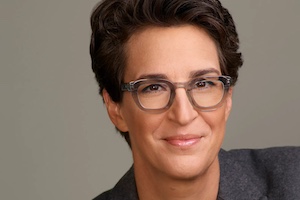
Rachel Maddow is one of the most prominent—and most controversial—journalists at work in the United States today. She appears weekly on her eponymous news show on MSNBC, attracting a large audience of decidedly progressive viewers. She also serves as co-anchor for network special events. Maddow has won innumerable awards for her work. Prequel is her fourth published book.
Maddow was born in Castro Valley, California, in 1973 and grew up in a devout Catholic home. She holds a bachelor’s degree in public policy from Stanford University and a PhD in political science from Oxford University as a Rhodes Scholar. She is the first openly lesbian anchor to serve as a host on prime time television. Since 1999 she has lived with her partner, artist and photographer Susan Mikula.
For related reading
You’ll find other books that explore the subject of fascism at:
- The top 5 books about Donald Trump
- Top 10 nonfiction books about politics
- Top 20 popular books for understanding American history
And you can always find my most popular reviews, and the most recent ones, on the Home Page.

